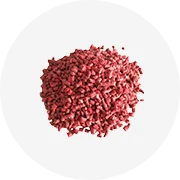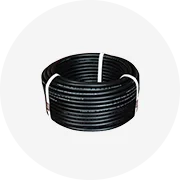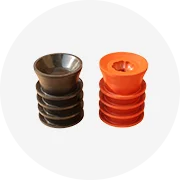
ZOVGOV Engineering Plastic Profile Customized Size Available Polyetheretherketone Sheet PEEK 3D Printer Material


Professional Manufacture Engineering Plastic Antistatic Delrin Sheet And Nylon Liner POM Polyoxymethylene















Engineering plastics are a group of plastic materials that have better mechanical and thermal properties than the more widely used commodity plastics (such as polystyrene, PVC, polypropylene, and polyethylene). Being more expensive, engineering plastics are produced in lower quantities and tend to be used for smaller objects or low-volume applications (such as mechanical parts), rather than for bulk and high-volume ends like containers and packaging films.
The spectrum of engineering plastics includes a variety of materials, each with its unique set of properties. Common types include polyamides (PA), polycarbonates (PC), polyacetals (POM), and thermoplastic polyesters (such as PET and PBT). These materials are known for their rigidity, dimensional stability, impact resistance, and the ability to withstand high temperatures. They are often chosen for applications that require a high level of precision and performance.
Due to their robustness, engineering plastics are integral to a multitude of industries. They are frequently utilized in the automotive sector for components like gears, bearings, and bushings. In electronics, they serve as insulators and in the construction of connectors and switches. Medical devices also benefit from their safety and reliability, as do various applications in the food processing industry.
Engineering plastics are adaptable to numerous manufacturing processes. This includes injection molding, where plastics are shaped into final products, and extrusion, which is used to produce sheets, films, or complex profiles. These materials can also be efficiently cut, welded, and molded to meet diverse design requirements. The versatility in processing makes engineering plastics suitable for custom applications across various sectors.
The advantages of engineering plastics are numerous. They often provide superior strength-to-weight ratios compared to metals, which can lead to significant weight savings in applications like automotive design. Their resistance to chemicals and corrosion also makes them ideal for harsh environments. Additionally, the thermal stability and flame retardancy of certain engineering plastics make them suitable for high-temperature applications or where fire resistance is required.
Selecting the appropriate engineering plastic requires an understanding of the specific demands of the application. Factors such as environmental conditions, mechanical stresses, and regulatory requirements must be considered. With a broad range of engineering plastics available, it is crucial to evaluate the material properties that align with the performance criteria of the intended use.